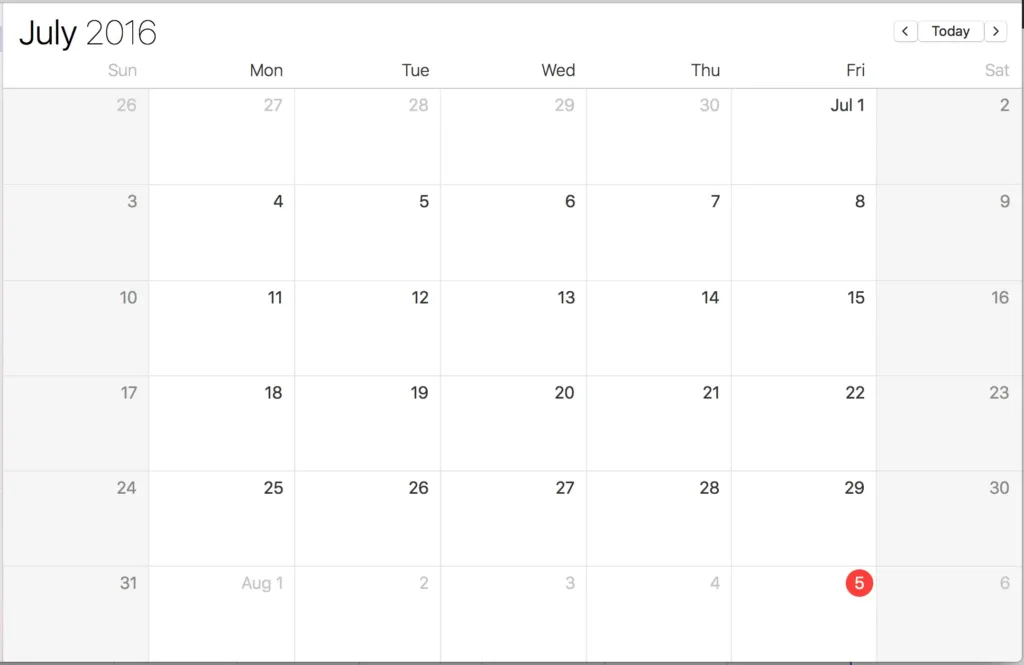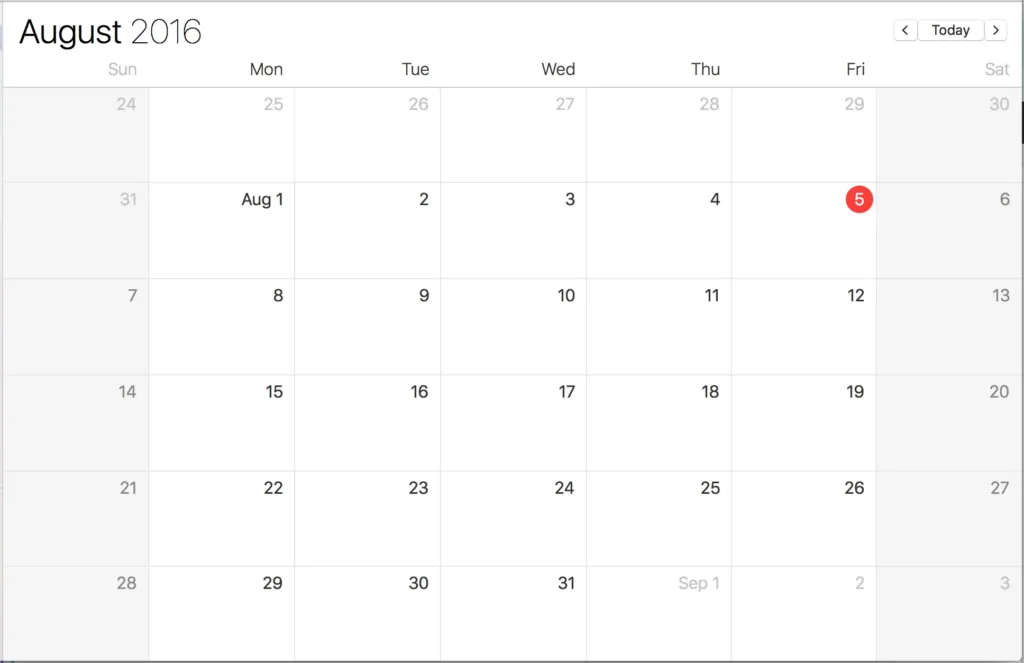Many marketers worry too much about the variation that occurs in ad account performance from one month to the next. But there are a lot of factors that push performance a bit up or down that have nothing to do with how the account is being managed – it’s just a part of normal variation. What really matters is the underlying trend, and how your account is performing in the long term.
Seasonality
Would I be overreaching to say that all businesses have some form of seasonal variation? Probably not. Many businesses make a lot of their sales in the holiday season. Some sell products primarily used in the summer, or the winter. This one is obvious to most people.
I cringe when I see someone claiming credit for sales growth in the summer for a business that naturally makes more sales in the summer. Similarly, when management of a firm like this comes down hard on the sales staff for not meeting quotas in December, that is unfortunate.
The implication for AdWords account management is that a click during your peak season might be worth more to you than a click during your slow season. Very few businesses adequately model this and adjust their bids to account for it. So they overspend during their slow season, losing money, and then underspend during their peak season, losing potential sales.
But annual seasonality isn’t the only form of variation based on time that makes performance go up and down.
Time of Day
Businesses with a huge component of international sales may make considerable sales 24 hours a day. But even international businesses tend to be strong in certain areas of the world. And that means they are strong in certain time zones, if you think about it.
The variation in sales performance throughout the hours of the day is often not adequately dealt with. On a 24-hour clock, this hourly variation can impact the value of clicks on different days. For example, a business in the United States that sells a lot in Australia might see a lot of value from increasing bids on a Sunday afternoon—Monday morning in Australia. Even better if those bid increases are targeted geographically so they don’t overpay for Sunday afternoon clicks in the US.
Again, this sort of analysis and implementation to tune bids based on time of day, and across time zones, is beyond what most people engage in. Even just doing some basic analysis and configuration here can lead to substantial AdWords performance improvements.
Day of Week
As I write this, it’s August, 2016. Last month and this month provide a perfect illustration of how monthly performance variations are often just due to how the month boundaries fall on different week days.
Both July and August have 31 days. July 1, 2016 was a Friday.

For a business that makes a lot of sales over the weekends with most sales on Friday or Saturday, July was an amazing month. It had 5 pairs of both Fridays and Saturdays within the month. If I was managing the AdWords account for a company like this, it might be tempting to pat myself on the back and report what a great job I did, improving their sales over the previous month. But that would be a bit of self-deception.
On the other hand, most B2B businesses make the bulk of their sales during the Monday to Wednesday timeframe. Sales slope off Thursday and Friday. For a business like that, July was horrible. There were only 4 Monday to Wednesday blocks in the month, and extra weekend days with low sales. They might be tempted to worry that AdWords performance was taking a hit.
August 1, 2016 was a Monday. Look at how it compares to the previous month.

August is the exact opposite of July. A business that depends on weekend sales only has 4 weekends in August. But that business that gets the bulk of its sales in a Monday to Wednesday block is going to see 5 weeks with that combination.
No matter what else is going on, your business is probably going to see very different performance in July and in August, even if everything else in the business remains the same. If July was bad, August will likely be good. If July was great, August is likely to be bad.
But the underlying performance of AdWords, and in fact the entire business, might be unchanged. Don’t blame your sales people if July was down if you’re a B2B firm. Just look forward to having a great August to even it out.
This monthly variation due to how the month boundaries fall on different week days is one of the biggest causes of bad decisions that I see. It’s because most businesses report on performance on a monthly timeframe. Many costs to the business don’t vary that much from month to month. But revenue varies considerably just based on the weekday variation.
A quick sanity check to see if a slow July was due to this effect or not is to pull a report that’s almost July, but not quite. If your July 1 though July 31 performance is below what you’d expect and you feel like you had a horrible month, wait a few days into August and then pull a report from July 4 (three days later, a Monday) through August 3 (again, three days later, so you’re still reporting on a 31-day period that’s almost July). This works in both directions. If you think July was an amazing month, before you credit your AdWords manager or your sales people, pull a slight variation on that report to include different days of the week and see if that amazing sales trend still holds.
Bottom Line
Ann Morrow Lindbergh wrote, in Gift From the Sea, “We have so little faith in the ebb and flow of life, of love, of relationships. We leap at the flow of the tide and resist in terror its ebb. We are afraid if will never return.” Okay, maybe that’s a bad quote because she was talking about the nature of relationships. But I think that central point she’s making about how we jump for joy when we see improvement and then lose our faith when things recede is very important. I see it every day in businesses. People claim credit for success that was just caused by underlying variation. They blame others and punish for failure that was caused by underlying variation. Variation is the catalyst that drives a lot of very bad decisions in either direction.
What matters is the underlying trends, and understanding the patterns of variation that will impact your business. And what matters in AdWords account management is understanding the variation in a business and the variation over time in order to optimize for what is actually going on and capitalizing on it.
